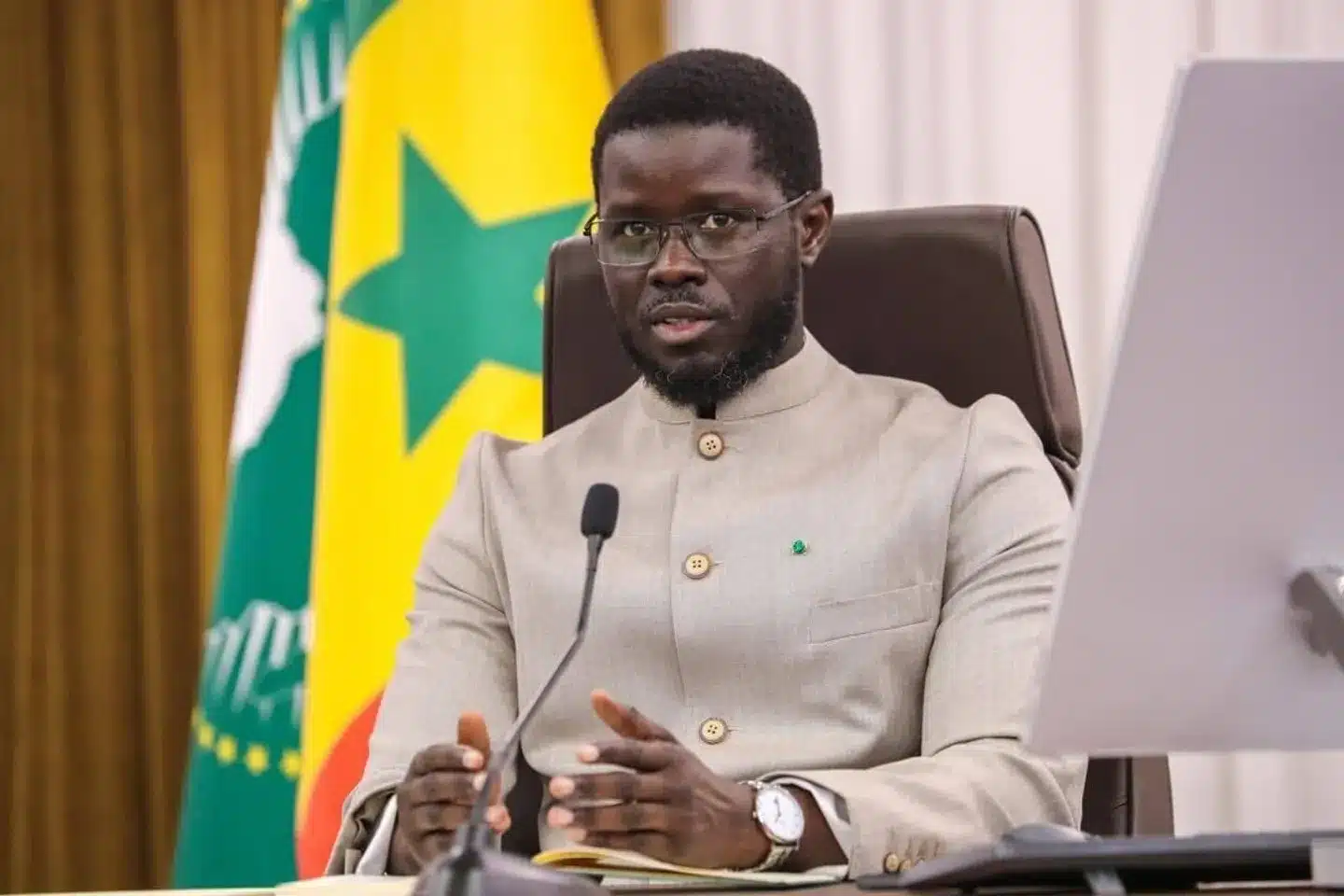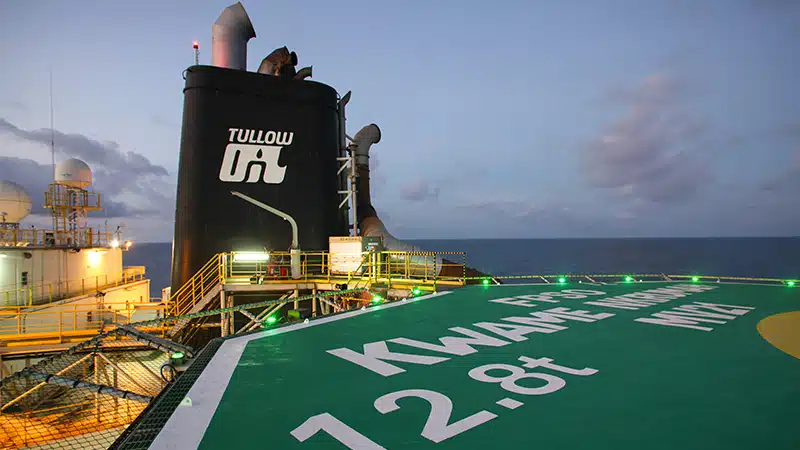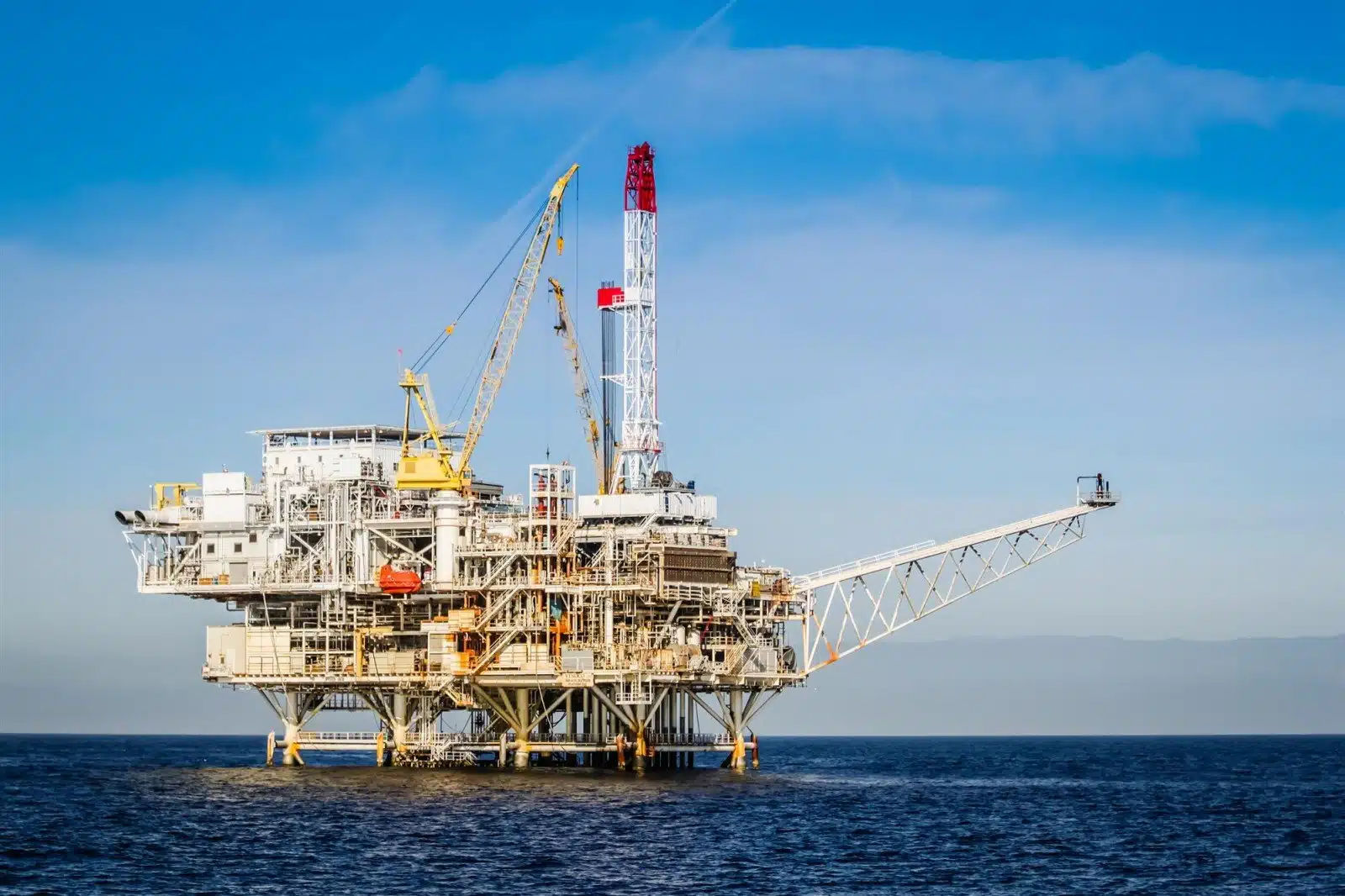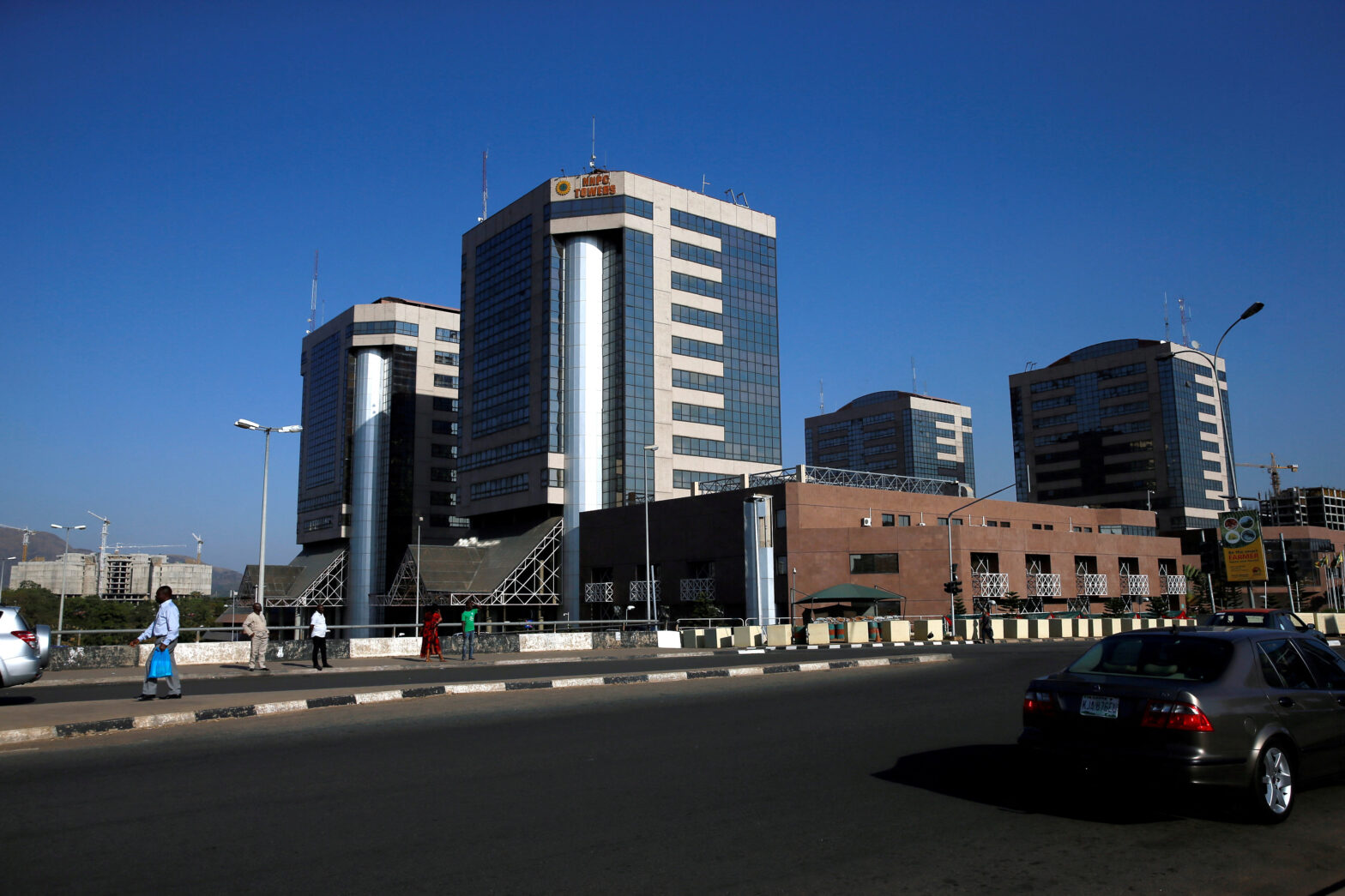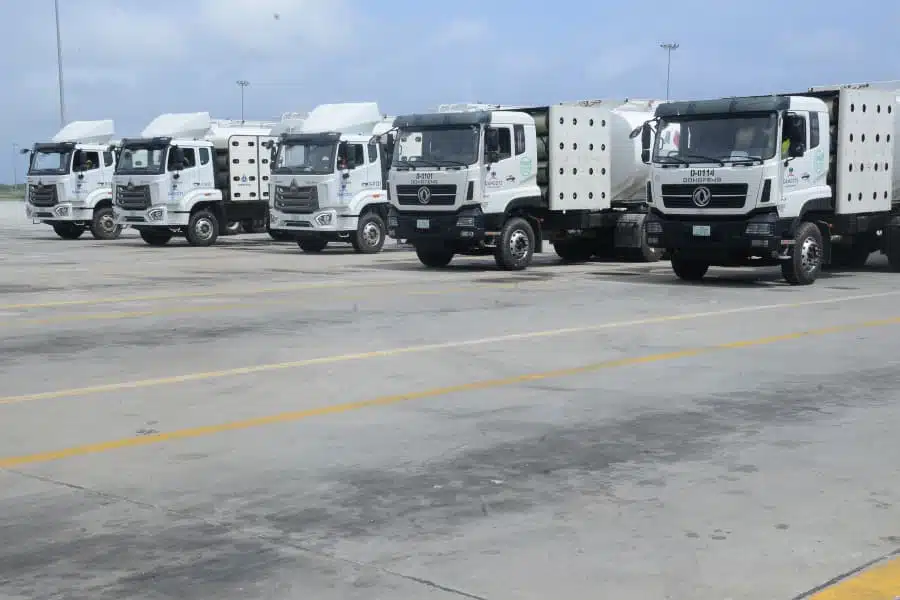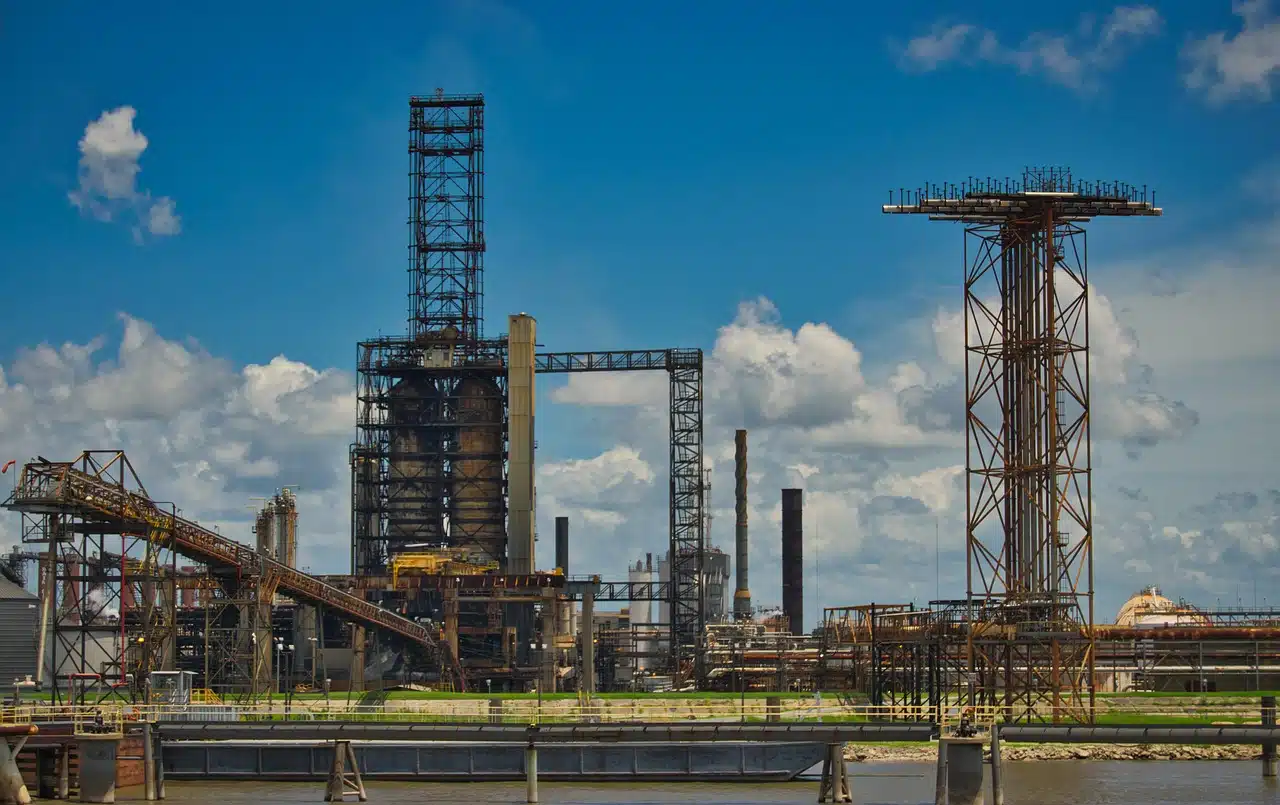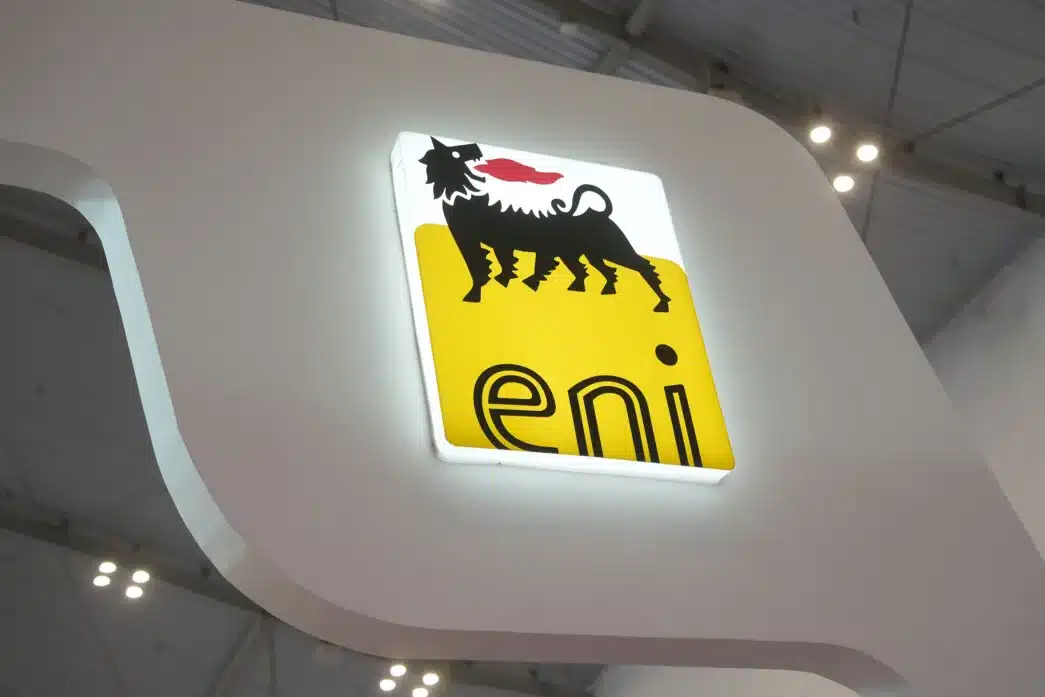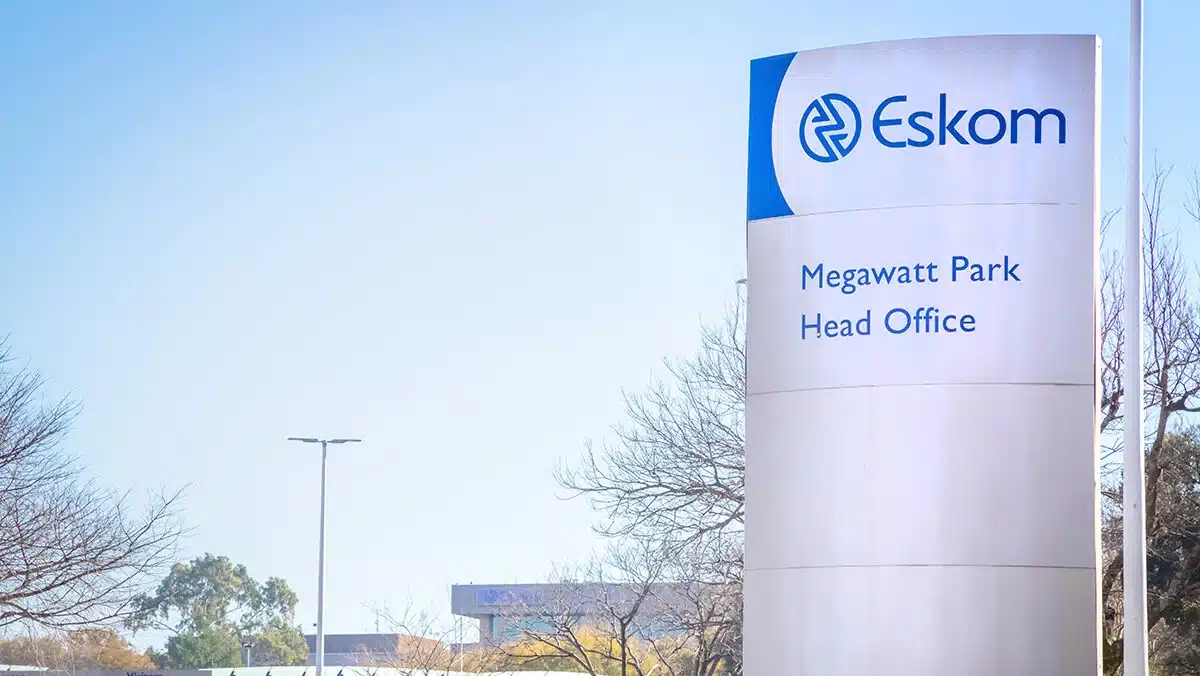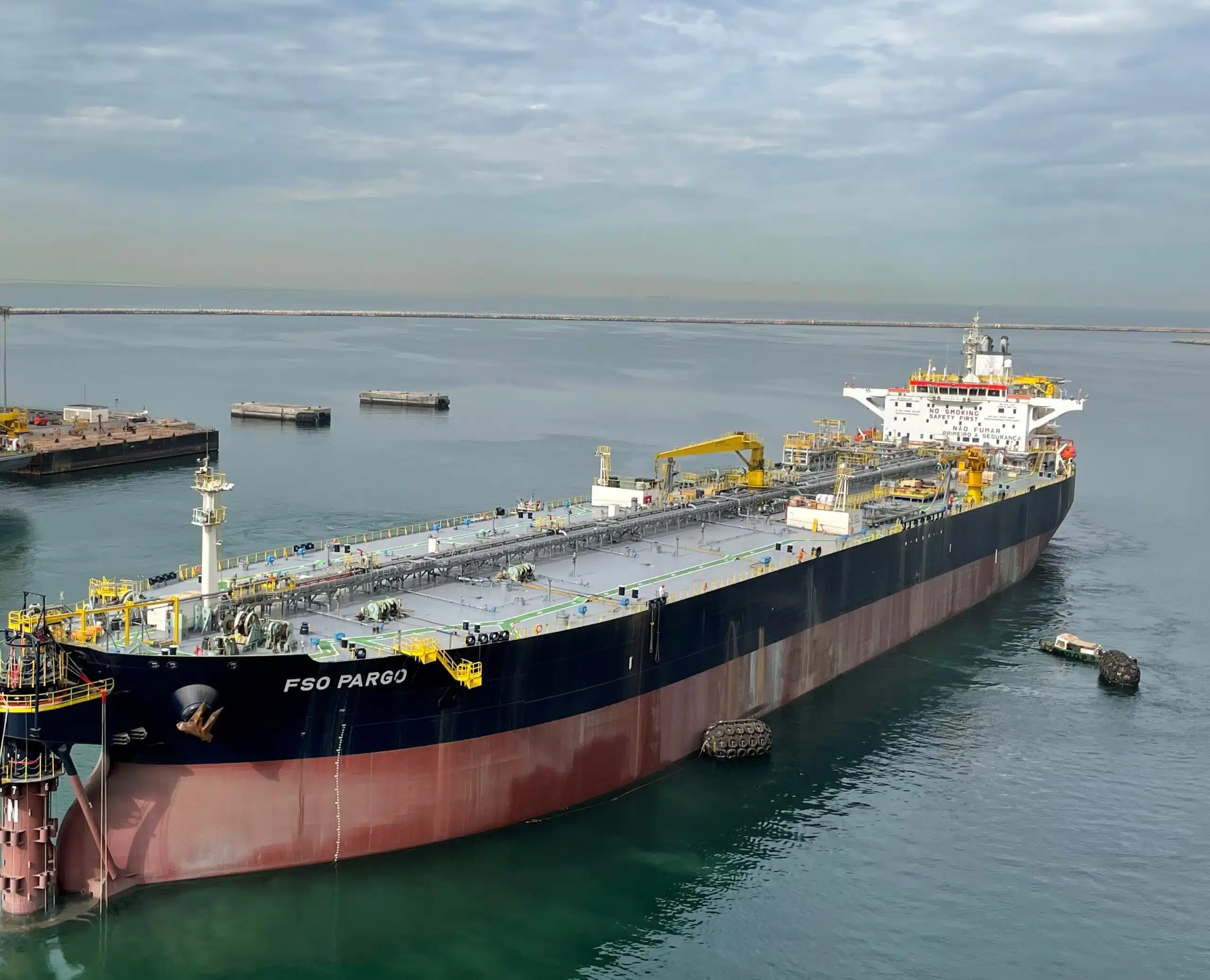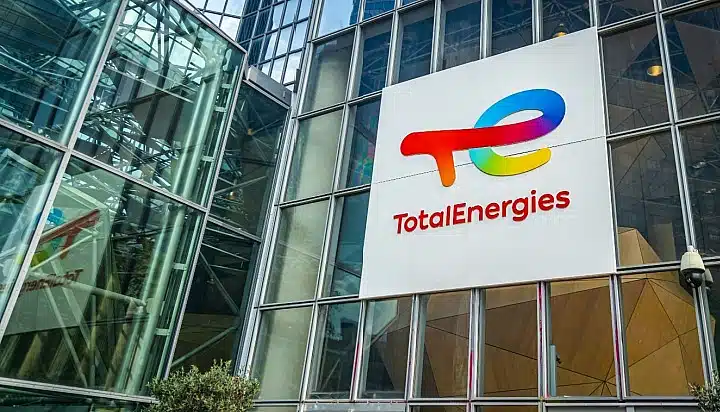In 2024, Senegal officially joined the ranks of Africa’s oil-producing nations, pumping its first barrels from the offshore Sangomar field after a decade of exploration and anticipation.
It was a moment of pride and promise. A country long seen as politically stable but economically constrained had struck black gold; one commodity coveted for decades by several other African nations like Sierra Leone and Liberia.
By 2025, production surged to over 34 million barrels, helping drive projected economic growth to an impressive 10.3%.
For Senegal and the broader West African region, this milestone is about energy as it’s about socio-economic transformation.
Oil wealth could mean new infrastructure, better public services, and a stronger global voice.
But here is where it gets disturbing: while crude is flowing, it’s flowing out of the country. Senegal, like many of its peers, is exporting its oil rather than refining it at home.
So, what’s holding it back? Why hasn’t the francophone African country of over 18 million people built the capacity to turn its own crude into fuel, chemicals, and other refined products?
That’s the paradox we’re unpacking—because understanding it reveals not just the challenges of oil development, but the deeper story of economic strategy, infrastructure gaps, and the politics of energy in Africa.
Senegal’s oil discovery and production milestones
Until recently, Senegal wasn’t on anyone’s shortlist of oil-rich nations.
But that changed dramatically in the past decade, as a series of offshore discoveries catapulted the country into the spotlight of global energy markets.
It all began in 2014, when Cairn Energy (now Capricorn Energy) announced a major oil find at the Sangomar Deep Offshore block.
This was followed by the Grand Tortue Ahmeyim (GTA) gas field discovery in 2015, straddling the maritime border between Senegal and Mauritania.
These finds were game-changers—not just for Senegal, but for West Africa’s energy future.
The Sangomar field, located about 100 kilometres offshore, became the centerpiece of Senegal’s oil ambitions.
After years of development, first oil was officially produced in mid-2024, marking the country’s entry into the league of oil producers.
Senegal’s energy rise has been powered by a mix of international and domestic players:
- Woodside Energy: Took over operatorship of the Sangomar field and led its development.
- BP: Spearheaded the GTA gas project and is producing LNG for export.
- Kosmos Energy: Played a key role in both oil and gas discoveries, especially in the early exploration phases.
- Petrosen: Senegal’s national oil company, which has steadily increased its stake and influence in these projects.
This blend of global expertise and local ambition has helped fast-track development, even when the global energy market was having the worst of its times.
By 2025, Senegal is expected to produce around 100,000 barrels of oil per day from Sangomar alone. The GTA gas project started full operation in April 2025 and is adding significant LNG exports to the mix. BP expects to lift at least 10 cargoes from the project before 2028.
The economic impact? Huge. The IMF projected Senegal’s GDP growth to hit 10.3% in 2025, largely driven by oil and gas revenues.
These earnings are expected to fund infrastructure, education, and healthcare, however if they are managed transparently and effectively.
The promise of oil wealth
When Senegal pumped its first barrels of oil in 2024, the excitement was intense. A year after, the country had finally begun tapping into Sangomar to reshape its economy. And the numbers? They’re promising.
In early January 2025, Reuters reported that Sangomar had exceeded its initial output target for the six months of 2024 by producing 16.9 million barrels, up from the initial target of 11.7 million barrels.
By Q1 2025, figures from the Senegalese energy ministry revealed that the Sangomar offshore field had produced and sold 3.8 million barrels of crude.
Four crude cargoes, including 548,078 normal cubic meters of natural gas, were said to have been lifted from the field to Asia and Europe, generating an estimated $1.2 billion in revenue by Q2 2025.
Like the IMF, Senegal’s Ministry of Economy has also expressed optimism, forecasting 8% growth and a doubling of hydrocarbon output—from 16.9 million barrels in 2024 to over 30 million in 2025.
Over 24 million barrels have already been produced from January to August this year, according to the country’s energy ministry.
This boom is expected to fuel not just GDP, but national development goals under the Senegal 2050 Vision, which aims to transform the country into a diversified, industrialized economy.
Oil revenues are earmarked for infrastructure, education, and healthcare—but only if managed transparently and wisely.
For everyday Senegalese, oil wealth brings hope for jobs, better roads, and more reliable electricity. But there’s also caution. Citizens have seen how mismanagement in other African countries turned oil into a curse rather than a blessing.
For instance;
- Ghana launched oil production in 2010 with the Jubilee Field. While revenues boosted growth initially, challenges with revenue management and refining capacity persist.
- Nigeria, Africa’s largest oil producer, has long struggled with corruption, underinvestment in refineries, and overreliance on crude exports.
- Angola has made strides in refining and infrastructure, but still battles economic volatility tied to oil prices.
Transparency reforms and fiscal discipline are now front and centre in public discourse in Senegal as the country hopes to chart a different course—one that avoids the pitfalls and maximizes long-term gains.
In this regard, Senegal’s President Bassirou Faye has promised petroleum profits will be “well managed”, while in January Prime Minister Ousmane Sonko said the government was considering to cut spending and boost tax revenue by 2026 in order to reduce its budget deficit to 3% of GDP by 2027.
The refining gap: what’s missing?
Despite its new status as an oil producer, Senegal still imports most of its refined petroleum products. This paradox is not unique to Senegal.
Many African oil-producing nations face the same challenge, but it’s especially striking for a country that just joined the oil club and is eager to reap the full benefits.
Although Senegal hosts West Africa’s first refinery, the Société Africaine de Raffinage (SAR) in Dakar, the country’s only refinery was not only built decades ago but was also designed to process light, sweet crude—the kind Senegal used to import from Nigeria.
Unfortunately, the oil coming out of Senegal’s own Sangomar field is heavier and more sour, meaning it doesn’t match the refinery’s configuration.
Although in February, the SAR refinery processed oil sourced from the Sangomar field for the first time, its operators have since acknowledged three major challenges in its transformation efforts:
- outdated technology
- limited capacity
- and the need for sustainable operations
As a result, SAR can’t handle the country’s own crude efficiently. Instead, Senegal exports its oil (mostly to Europe) and continues to import refined fuel, including diesel from Russia and crude from Nigeria.
Data from analyst firm Kpler show that Senegal imported 30,000 barrels per day (bpd) of Nigerian crude to feed the 30,000 bpd Dakar plant in recent months, while Russia now accounts for over 50% of its fuel imports since 2024.
It’s like owning a bakery but having to buy bread from your neighbours.
Why not just build a new refinery?
It’s not that simple. Building or upgrading a refinery is a massive undertaking. It requires:
- Technical expertise to design and operate complex refining systems tailored to specific crude types.
- Financial investment—we’re talking hundreds of millions, if not billions, of dollars.
- Logistical coordination, from securing land and permits to building pipelines and storage infrastructure.
While there are plans for a second refinery (dubbed SAR 2.0) to be completed by 2029, that’s still years away. Until then, Senegal remains stuck in a refining gap: rich in oil, but reliant on others to turn it into usable energy.
Notwithstanding, the planned $5 billion-project is expected to add up to 4 million tons of annual refining capacity before 2030.
This would help reduce heavy reliance on fuel imports and support the Dakar-based plant which processes around 1.5 million tons of crude per year.
Producing oil, but still importing fuel heavily
Even with oil flowing from the Sangomar field, Senegal still finds itself importing the bulk of its refined fuel.
Between 2024 and 2025, the country brought in an estimated 90,000 to 100,000 bpd of refined petroleum products.
These include diesel, gasoil and fuel oil and are essential for keeping cars on the road, powering homes and businesses, and driving industrial activity.
And it’s not a small line item. According to the World Bank, fuel imports made up 31.63% of Senegal’s total merchandise imports back in 2022.
While updated figures for 2024–2025 are still being finalised, that number gives a clear sense of how deeply fuel imports shape the country’s trade balance.
So what’s the plan to fix this? Mamadou Diop, CEO of SAR, says financing offers for the new refinery have already been received from China, Turkey and South Korea. If all goes well, construction could kick off as early as next year.
But there’s still uncertainty.
“There is no final decision yet on where the new refinery will be located or whether the government will take an equity share,” Diop admitted.
If anything, Senegal still remains in a holding pattern. That is, producing crude, exporting it and importing refined fuel to meet its own needs.

